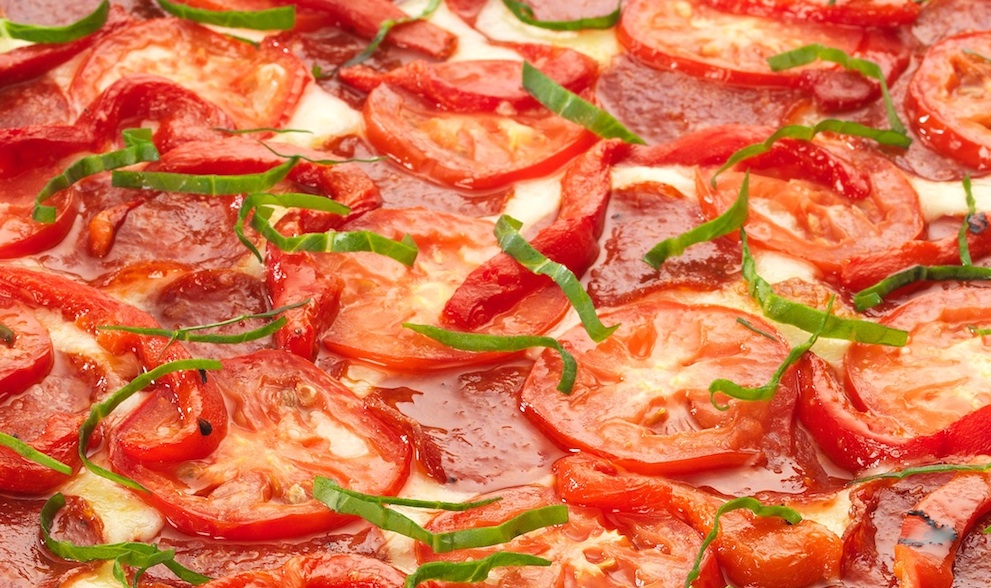http://online.wsj.com/article/SB1000142 ... st_Popular
Acting on an informant's tip, in June 1973, French tax inspectors barged into the offices of the 155-year-old Cruse et Fils Frères wine shippers. Eighteen men were eventually prosecuted by the French government, accused, among other things, of passing off humble wines from the Languedoc region as the noble and five-times-as-costly wine of Bordeaux. During the trial it came out that the Bordeaux wine merchants regularly defrauded foreigners. One vat of wine considered extremely inferior, for example, was labeled "Salable as Beaujolais to Americans."
It was in this climate that in the 1970s a lawyer-turned-wine-critic named Robert M. Parker Jr. decided to aid consumers by assigning wines a grade on a 100-point scale. Today, critics like Mr. Parker exert enormous influence. The medals won at the 29 major U.S. wine competitions medals are considered so influential that wineries spend well over $1 million each year in entry fees. According to a 2001 study of Bordeaux wines, a one-point bump in Robert Parker's wine ratings averages equates to a 7% increase in price, and the price difference can be much greater at the high end.
Given the high price of wine and the enormous number of choices, a system in which industry experts comb through the forest of wines, judge them, and offer consumers the meaningful shortcut of medals and ratings makes sense.
But what if the successive judgments of the same wine, by the same wine expert, vary so widely that the ratings and medals on which wines base their reputations are merely a powerful illusion? That is the conclusion reached in two recent papers in the Journal of Wine Economics.
(Click link above for the full Wall Street Journal story.)

